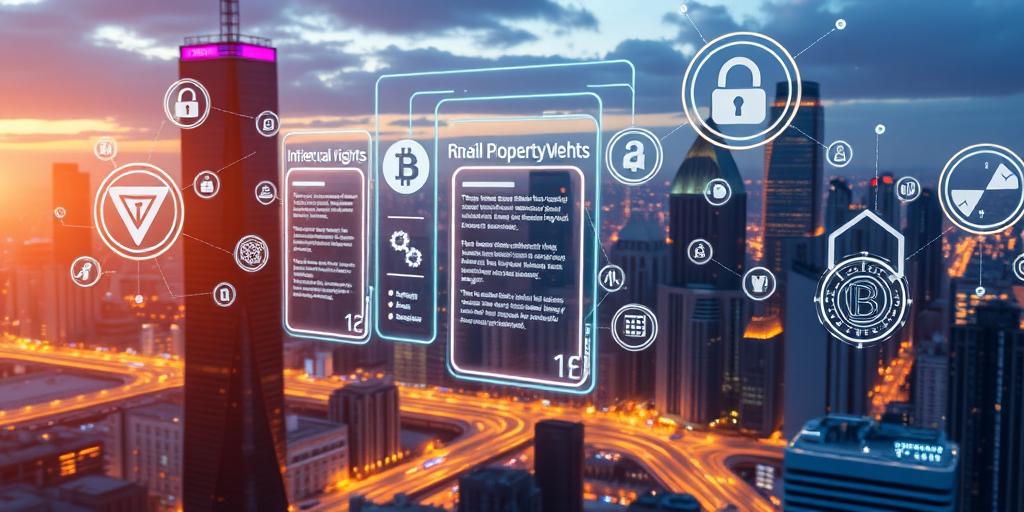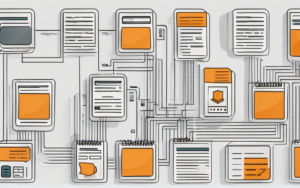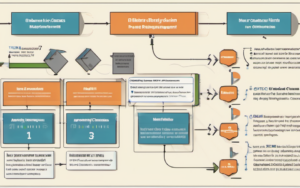The world of intellectual property (IP) is undergoing a transformative shift, thanks to the emergence of blockchain technology. Blockchain IP, as it’s often called, is poised to revolutionize how we protect and manage valuable creative works. From music and software to inventions and trademarks, blockchain offers a secure and transparent system for safeguarding our intellectual assets.
The Rise of Blockchain in Intellectual Property Protection
The Current Landscape of IP Protection
Traditionally, protecting intellectual property has relied on a complex web of legal frameworks, government agencies, and private organizations. Copyright registration, patent filing, and trademark applications are crucial steps in securing ownership and preventing infringement. However, the digital age has presented new challenges for IP protection.
Challenges of Traditional IP Protection Methods
The digital world’s inherent nature of copy-and-paste makes it easy to infringe on copyright and trademark rights. Furthermore, proving ownership and tracking the origins of digital content can be difficult, leaving creators vulnerable to theft and piracy. This makes it imperative to explore innovative solutions that can address these challenges.
Blockchain: A Game-Changer for IP Security
Blockchain, with its decentralized and immutable nature, offers a promising solution for IP protection. This technology empowers creators by providing a robust system for recording, verifying, and managing digital assets. Its decentralized nature eliminates reliance on centralized authorities, making it more resistant to manipulation and censorship.
How Blockchain Enhances IP Protection
Immutable Record-Keeping
Blockchain acts as a permanent and tamper-proof ledger, ensuring that all IP transactions are recorded securely and transparently. This immutability prevents unauthorized modifications or deletions of records, providing irrefutable evidence of ownership.
Enhanced Transparency and Traceability
Each transaction on a blockchain is visible to all participants, fostering transparency and accountability. This allows creators to track their IP’s journey, from creation to distribution, making it easier to identify and address potential infringements.
Secure Digital Asset Management
Blockchain technology enables the secure storage and management of digital assets, including creative works, patents, and trademarks. This eliminates the risk of data loss or unauthorized access, ensuring that IP remains protected.
Automated Enforcement Mechanisms
Smart contracts, coded agreements stored on the blockchain, can be used to automate IP enforcement mechanisms. These contracts can automatically detect and respond to infringements, minimizing the need for manual intervention and reducing legal costs.
Real-World Applications of Blockchain in IP
Digital Rights Management (DRM)
Blockchain can enhance DRM systems by creating secure and tamper-proof records of ownership and usage rights. This ensures that creators maintain control over their digital content and receive appropriate compensation for its use.
Copyright and Trademark Registration
Blockchain can simplify and streamline the registration process for copyrights and trademarks. By storing these records on a decentralized ledger, creators can ensure their IP is securely registered and readily accessible to potential licensees or buyers.
Patent Protection and Licensing
Blockchain can be used to create a secure and transparent system for managing patent applications and licensing agreements. This reduces the risk of fraud and ensures that inventors receive appropriate compensation for their inventions.
Brand Protection and Anti-Counterfeiting
Blockchain can help combat counterfeiting by enabling brands to track their products’ journey from manufacturing to the end consumer. This makes it easier to identify and prevent the sale of fake goods, protecting both brand reputation and consumer safety.
Challenges and Considerations
Scalability and Interoperability
Blockchain technology is still evolving, and scalability remains a concern for its widespread adoption in IP protection. Interoperability between different blockchain platforms also presents challenges, potentially hindering seamless data sharing and collaboration.
Regulatory Uncertainty
The legal and regulatory landscape surrounding blockchain IP is still developing. Clearer guidelines and frameworks are needed to ensure the technology’s responsible and effective implementation.
Adoption and User Education
Encouraging widespread adoption of blockchain IP requires addressing user concerns, providing training and support, and demonstrating the technology’s practical benefits. Educating stakeholders on the benefits and practical applications of blockchain is essential for its successful integration into existing IP protection systems.
The Future of Blockchain in IP
Integration with Existing Systems
Blockchain is not meant to replace existing IP protection systems but rather to complement and enhance them. Future developments will focus on integrating blockchain solutions into existing legal frameworks and infrastructure, creating a more robust and efficient system for IP management.
Development of New IP Protection Models
Blockchain technology has the potential to revolutionize IP protection by enabling new models and approaches. This could include the creation of decentralized marketplaces for IP licensing, the development of new digital asset management systems, and the emergence of new forms of IP ownership and control.
Increased Collaboration and Standardization
The future of blockchain IP lies in increased collaboration and standardization. Collaboration between stakeholders, including creators, legal professionals, and technologists, will be crucial to developing best practices and ensuring the technology’s ethical and responsible use. Standardization of blockchain-based IP protocols will facilitate interoperability and adoption across different platforms and industries.
The future of blockchain IP is bright, with the potential to create a more secure and transparent system for protecting intellectual property. By embracing this transformative technology, creators can empower themselves to manage and monetize their intellectual assets effectively, fostering innovation and creativity in a digital world.




